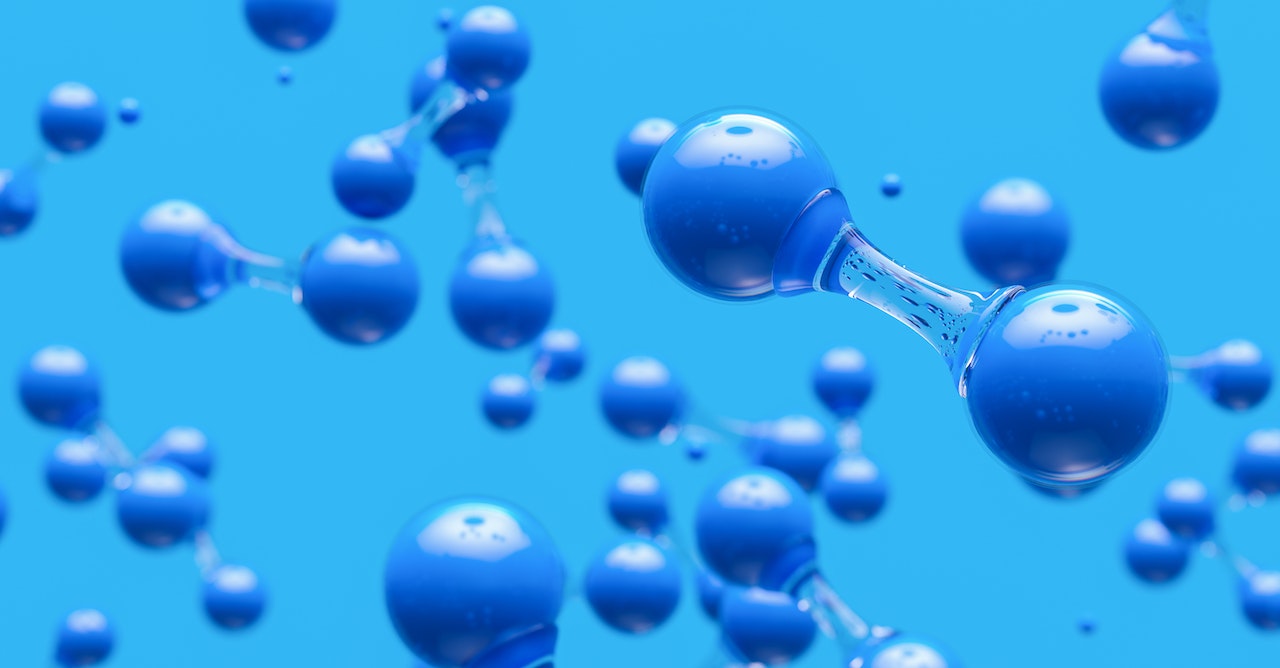
Hydrogen itself is a colorless gas. But as there are different sources and processes used to make hydrogen, there are different hydrogen colors codes to identify them.
The final piece needed for a completely decarbonized society is hydrogen. With an abundance of uses, it is the most basic and common element in the universe. Hydrogen has multiple uses, including building heating, steel production, and fuel cells for vehicles such as trucks and ships. It can also be stored and preserved.
Let’s discover the different hydrogen colors
Let’s start with the basic. White hydrogen is referred to naturally occurring hydrogen. Although several initiatives have previously been put up to manufacture natural hydrogen in industrial amounts, natural hydrogen is still a little-known source of energy. It can produce carbon-neutral hydrogen at the lowest cost and on par with fossil fuels.
Grey hydrogen can also be produced by combining hydrogen and fossil fuels. It is produced from fossil fuels such as natural gas or coal, producing CO2 during the process. Thus, grey hydrogen is the exact opposite of green hydrogen and is not climate friendly.

Electrolysis is the method used by UH2 to make green hydrogen, which emits no carbon. An electric current is utilized to split water into hydrogen and oxygen using just clean energy and water. This process occurs with an electrolyze, which has the ability to create H2 from water molecules.
Neither blue hydrogen nor CO2 emissions are produced. It is produced from the steam reduction of natural gas, splitting it into hydrogen and CO2. The CO2 is later stored or processed industrially. The disadvantage is that CO2 storage is uncertain and its leakage can negatively impact the environment.
More hydrogen hues are now available thanks to advancements in hydrogen generation, which helps reduce greenhouse gas emissions. To be more explicit about the type of renewable electricity used to power the process, yellow hydrogen is often defined as hydrogen produced through electrolysis powered by solar energy.
The use of green and yellow hydrogen is rising as more nations look for hydrogen that emits no carbon.
distinct forms of hydrogen production are identified using distinct color codes for hydrogen: Nuclear energy is utilized to produce red, pink, and purple hydrogen. The use of coal as a fuel produces brown hydrogen and turquoise hydrogen is created using the thermal splitting of methane gas, which often produces emissions.

Hydrogen does not exist in nature in its pure state
It has to be obtained through energy-consuming processes, to then be used in different ways, either in direct combustion, mixed into natural gas flow, or in fuel cells. Hydrogen can be created in a perfectly clean manner or not.
UH2 provides methods for producing green hydrogen by carbon-free electrolysis, which can subsequently be distributed and stored for use in steel production, building heating, or fuel cells for automobiles and boats.
Discover more about UH2 technology here.
